by
Rick Paulas
 If you’re a man driving alone on a certain stretch of Archer Avenue on Chicago’s South Side, you may see a teenage girl on the side of the road, thumb out, trying to hitch a ride. If you stop for her—which, being a concerned citizen, you’ll consider—you’ll notice her outfit’s a bit dated: a white formal dress and the kind of dancing shoes you might find in the back of your grandma’s closet. There’s something a little bit off about her, but you can’t quite place what it is.
If you’re a man driving alone on a certain stretch of Archer Avenue on Chicago’s South Side, you may see a teenage girl on the side of the road, thumb out, trying to hitch a ride. If you stop for her—which, being a concerned citizen, you’ll consider—you’ll notice her outfit’s a bit dated: a white formal dress and the kind of dancing shoes you might find in the back of your grandma’s closet. There’s something a little bit off about her, but you can’t quite place what it is.
She’ll say her name is Mary and she’ll ask for a ride home, just up the road. When you approach the corner of Archer and Roberts Road, she’ll scream “Here! Here!” You’ll scan the other side of the street, looking for somewhere to drop her, but when your eyes return to the passenger seat it’ll be empty. Instead, you’ll get a clear view of the front gates of old Resurrection Cemetery. You might notice, if you’re not yet scared out of your wits by then, that two of the gate’s vertical irons are different from the rest, bending out like parentheses. If you’re brave enough to get out and look more closely, you’ll see a number of burn marks on the two bars, a constellation forming the shape of a pair of hands, roughly the size of a teenage girl’s. As you take off, you’ll notice that the curved bars look almost as if someone had tried to pry open the cemetery’s gates.
If you grew up on the South Side of Chicago, as I did, you know the story of Resurrection Mary by heart. This is one that gets passed down through generations at the bedtime story hour, then in the backs of school buses lumbering along Archer Avenue, then to younger cousins to keep them up at night. But the tale also gets spread in a not-so-organic fashion: It’s also a constant in every one of the city’s many ghost tours.
A decent ghost tour will also take you to other supposedly haunted Windy City locales, among them the long-abandoned Bachelor’s Grove cemetery, the site of H.H. Holmes’s “Murder Castle,” and the garage where seven mobsters were gunned down on St. Valentine’s Day, 1929. Whether you’re a believer or not—I, personally, am with Fox Mulder on this one: I want to believe, but would like some proof first—ghost tours are a way to see a city’s darker side. Local chambers of commerce tend to focus on the positive, so we need ghost tours to point out things like the former locations of makeshift Civil War hospitals; specifically, where the sawbones stored their collection of amputated legs.
But the landscape of the ghost tour business is not level across the country. In Los Angeles, where I live, there’s really only one ghost tour in town, and it’s more in the realm of celebrity-murders-and-ghastly-homicides than actual spectral phenomenon. According to Yelp, New York City has only two companies in the full-time ghost tour field. In Las Vegas, where 46 percent of employed residents work in tourism, only one tour haunts The Strip.
But in less populous cities like New Orleans, St. Augustine, Florida, Savannah, Georgia, and Charleston, South Carolina, you can’t pass a hotel’s brochure rack without coming across dozens of ghost tour listings.
Setting aside the question of whether or not ghosts exist (because, c’mon), what makes one city “more haunted” than another? Why do ghost tours infest some, but remain an untapped industry in others?

A long history of tragedy certainly helps. New Orleans is considered one of America’s most haunted cities—the most haunted, if you ask the city’s tour owners—because they’ve had a high concentration of ghastly deaths throughout their history. “We’ve had to deal with everything from cannibals to quicksand,” said Sidney Smith, owner of New Orleans’s Haunted History Tours, “to alligators, snakes, a high murder rate, two major catastrophic fires in the late 1700s that destroyed the entire city, and over 27 yellow fever epidemics.” (Not to mention Katrina, although the recent nature of that disaster means only a small percentage of tours feel it’s fair game to talk about yet.) A surfeit of disaster leads to a dark and crowded tableau of stories.
A morbid past isn’t the only prerequisite for success in the ghost business. No city has a monopoly on death. Every house, apartment, school, bowling alley and movie theater, if you look in the right archive or know how to lubricate the proper town gossip, has a tale of someone dying far too young or by horrific means. “Look far back enough,” said Mickey Bradley, author of Haunted Baseball, a collection of ghostly occurrences associated with America’s pastime, “and everything is built on ancient Indian burial ground.” But why do some stories, like Resurrection Mary, have a long afterlife while others just disappear?
“The story itself has to be structured well,” said Margee Kerr, doctor of sociology and Scare Specialist for the web series “Scare U” (yes, really). “The retelling has to follow that traditional pattern—introduction with rising tension and some sort of resolution—so people can easily tell it over and over again.” It tracks: Mary hitching a ride, Mary disappearing from the car, Mary heading back to her final resting place. The simplicity of plot makes it easy to tell around campfires, bridge clubs, smoking parlors or, now, blogs. “In Pittsburgh,” where Kerr is from, “you had different groups coming from all over the world during industrialization. And whenever you have different cultures together, you get storytelling.” Vegas, on the other hand, is no one’s idea of a cultural stew. And while Los Angeles is a city of transients, few stick around long enough—or mix enough?—to be part of the inter-generational game of Ouija.
 Perhaps more importantly, neither Vegas or Los Angeles look scary. The aesthetics of a city figures largely when it comes to starting a ghost tour. Walking through the French Quarter evokes more feelings of dread than strolling under the glittering lights of the Vegas Strip. (At least, it evokes a “more classic” sense of dread.) “If you’re looking at a gothic rather than a Frank Gehry building,” Bradley said, “it’s going to give you a different feel.” The topography needs to be considered, too. “We’re a flat city,” said New Orleans’ Smith, “so when somebody asks how much walking is on the tour, I assure them it’s a very leisurely stroll.” It’s why someplace like San Francisco, despite a history of hardships, a rich storytelling tradition, and plenty of Victorian buildings, only has a handful of ghost tours roaming its hills. Few want to pay to go on a strenuous hike.
Perhaps more importantly, neither Vegas or Los Angeles look scary. The aesthetics of a city figures largely when it comes to starting a ghost tour. Walking through the French Quarter evokes more feelings of dread than strolling under the glittering lights of the Vegas Strip. (At least, it evokes a “more classic” sense of dread.) “If you’re looking at a gothic rather than a Frank Gehry building,” Bradley said, “it’s going to give you a different feel.” The topography needs to be considered, too. “We’re a flat city,” said New Orleans’ Smith, “so when somebody asks how much walking is on the tour, I assure them it’s a very leisurely stroll.” It’s why someplace like San Francisco, despite a history of hardships, a rich storytelling tradition, and plenty of Victorian buildings, only has a handful of ghost tours roaming its hills. Few want to pay to go on a strenuous hike.
A city’s historic core also needs to be active and vibrant—or at least intact. San Diego’s Old Town has a lively bar scene, Savannah closes early but has a walking population throughout the night, and New Orleans is, well, New Orleans. “It has to be in an area where it’s not too quiet, so people feel safe,” said Phil Schoenberg, of Ghosts of New York. “Our tour in New Haven is at 7 and 8 o’clock, because people don’t feel safe at 9 o’clock. There’s not a lot going on, a lot of homeless people.” Being in an active neighborhood, of course, leads to the most important reason that ghost tours are around: Tourists.
“There has to be incoming money,” said Tobias McGriff of Savannah’s Blue Orb Tours. “No matter how good your model is, if you don’t have the numbers to draw from, it’s a moot point.”
Getting the word out to those tourists that you exist sometimes means going through traditional means like buying ads in the local paper. But there are other techniques available as well. “The dirty secret of ghost tours, what a lot of people don’t understand,” McGriff said, “is if they’re staying at a hotel and talking to a concierge, and that person’s wearing a concierge uniform and has a name-tag from the hotel… they really work for a tour company.” Seemingly off-the-cuff advice about what tours to take are often just sponsored suggestions by the companies themselves.
Those concierges would have nothing spooky to suggest unless the city itself gives the go-ahead for the unsanitized version of its history to be acknowledged. They’re the ones handing out the tour licenses, after all. In Savannah, while the city caps the number of guests per tour at 30, there’s no start or end time to abide by. Becoming a licensed tour guide is also easy there. “You quite literally have people pay 200 dollars, get a license, take the tour guide’s test,” said McGriff, “and you can do it just during October because you can make so much money.” This lack of ghost tour regulations, like any business, can lead to some intense moments.
“Savannah has 47 ghost tours,” McGriff said. “That’s 47 operations in a city of 132,000 people. We get 12 million tourists, so we’re all trying to compete for the same $2 billion dollars in yearly revenue. People do crazy things to get that kind of money.” McGriff has sent three cease-and-desist notices and also filed a lawsuit against a rival. One time a car pulled in front of him while he was crossing the street. The passenger rolled down the window, yelled the name of another tour company, and threw something at his chest. “I looked down and it was six rubber bullets,” he said. This is what happens when you have so many people jockeying over a 2.2-square mile piece of territory. “You have companies who enter a square at the same time, and there’s yelling, screaming, and near fist-fights,” he said.

It makes sense why there’s so much animosity for the prized access to “haunted” locations: They are necessary for the story. “You need great locations,” said Rob Wlodarski who, along with his wife Anne, has written 24 books on various haunted locations across the country. Getting access is key. (This also inadvertently explains why so many bars are “haunted”: by allowing the tours access, the bar gets a guaranteed number of visitors, a percentage of which are surely going to inquire about spirits of another sort.) If an owner no longer believes free exposure is worth dozens of tourists flashing their camera bulbs, they simply cut off access. “When they don’t want to be associated with it anymore,” Wlodarski said, “they’ll just say, ‘Oh, we’re no longer haunted.’”
Tours are then left with two options: To tell the stories from across the street and hope the façade is interesting enough to assist the tale, or to just cut the story entirely, hit the research books, and find another one. (A third option of course, one which no tour will admit to, is simply making up a new story. “You can expose people for making up stories,” Wlodarski said, “but by that time they’ve already made their money.”)
Cutting those stories is ultimately how you kill a ghost. A story becomes a legend and then becomes forgotten.
“If you don’t tell the stories,” said New York’s Schoenberg, “you don’t keep the ghosts alive.”
That’s why Joel Chirhart, owner of Colorado Haunted History, is in the business. Chirhart is a company-of-one that provides tours in the not-so-tourist-friendly arenas of Morrison and Golden, Colorado. A general interest in ghostly phenomenon led to giving tours of local haunts. While an operation like Ghosts of New York has more 8,000 customers a year, Chirhart’s tales are told to about 300 to 400 people, mostly locals. “For me, it’s a tool to explain the history of the town,” Chirhart said. “I’m telling them things they’ve never heard.”
While there are heart-warming tales of guides who could care less about operating costs and maximizing profit, who are essentially local archivists bringing history back to life, mostly the industry’s full of the bottom-liners. When I called Savannah’s Hearse Ghost Tours to ask for an explanation about why they started, a somewhat-grumpy voice harumphed, “because somebody came up with the idea of doing it in a hearse.” Sometimes, like Resurrection Mary herself, ghost tours are around just to take you for a ride.
Ghost tours, on the whole, are among the worst forms of tourist trappery around. At their best, they’re willfully allowing a part-time actor dressed in a cheap period costume to lead you through city streets, past people who are, you know, actually having fun. At their worst, you’re paying to get pelted by fake spiders while listening to jokes told in fake accents (be it mobster or vaguely-European vampire) that were stale the first 1,000 times you heard them. And then hearing “Monster Mash” a few dozen times while looking at places where photos of dust were taken.
But still people pay, and happily so. Because while a ghost tour’s dose of spot-the-old-architecture and learning what was here before the Walmarts and the Hooters is great and all, that’s not worth $30 a pop. The reason we still take them, what makes us knowingly risk a boring and terrible night out in a town in which we have a limited amount of time, is gambling for some of the simplest things of all: A chance to get scared witless, and a tale to retell our friends and scare the wits out of them.
Rick Paulas has spent more money on ghost tours than he’d care to think about. Austin ghost tour photo by Adrienne Annas; Kingston ghost tour photo by Bert Knottenbeld; New Orleans ghost tour guide photo by “Space Pirate Queen”; spooky Savannah photo by Eric Fleming.
0 Comments
 In at least one year, the white usage rate was higher. The others, the black usage rate was higher, but in no year were results for the two races that different. For young people ages 18-25, the rates of use are higher for whites:
In at least one year, the white usage rate was higher. The others, the black usage rate was higher, but in no year were results for the two races that different. For young people ages 18-25, the rates of use are higher for whites: Of course, this doesn’t translate to roughly equal arrest rates. Not even close:
Of course, this doesn’t translate to roughly equal arrest rates. Not even close: And this is a uniform phenomenon. It’s not that some states treat the races equally and others treat them really unequally. Only in Hawaii are the rates even close to equal, and that’s biased by the fact that blacks make up only 1.6 percent of the population. In the state with the second-lowest disparity, Alaska, blacks are 1.6 times more likely to be arrested. In the state with the biggest, Iowa, blacks are 8.34 times more likely to be arrested. D.C. has the second biggest; in the District, blacks are 8.05 times more likely to be arrested.
And this is a uniform phenomenon. It’s not that some states treat the races equally and others treat them really unequally. Only in Hawaii are the rates even close to equal, and that’s biased by the fact that blacks make up only 1.6 percent of the population. In the state with the second-lowest disparity, Alaska, blacks are 1.6 times more likely to be arrested. In the state with the biggest, Iowa, blacks are 8.34 times more likely to be arrested. D.C. has the second biggest; in the District, blacks are 8.05 times more likely to be arrested. Obviously, being arrested without going to jail is a lot better than getting arrested and going to jail. But it’s still a major nuisance, leading to fines, long hours of community service and thousands of dollars in legal fees.
Obviously, being arrested without going to jail is a lot better than getting arrested and going to jail. But it’s still a major nuisance, leading to fines, long hours of community service and thousands of dollars in legal fees. But interestingly, the racial disparity in arrests did not fall at all:
But interestingly, the racial disparity in arrests did not fall at all: In 2008, the black arrest rate in Massachusetts was 3.41 times the white arrest rate. In 2009, it was 5.4 times the white arrest rate. Now, the importance of the disparity diminishes when overall arrests are falling that dramatically, and there’s no reason to think that decriminalization caused the disparity to increase; in 2010, it fell back down to 3.81.
In 2008, the black arrest rate in Massachusetts was 3.41 times the white arrest rate. In 2009, it was 5.4 times the white arrest rate. Now, the importance of the disparity diminishes when overall arrests are falling that dramatically, and there’s no reason to think that decriminalization caused the disparity to increase; in 2010, it fell back down to 3.81.


 If you’re a man driving alone on a certain stretch of Archer Avenue on Chicago’s South Side, you may see a teenage girl on the side of the road, thumb out, trying to hitch a ride. If you stop for her—which, being a concerned citizen, you’ll consider—you’ll notice her outfit’s a bit dated: a white formal dress and the kind of dancing shoes you might find in the back of your grandma’s closet. There’s something a little bit off about her, but you can’t quite place what it is.
If you’re a man driving alone on a certain stretch of Archer Avenue on Chicago’s South Side, you may see a teenage girl on the side of the road, thumb out, trying to hitch a ride. If you stop for her—which, being a concerned citizen, you’ll consider—you’ll notice her outfit’s a bit dated: a white formal dress and the kind of dancing shoes you might find in the back of your grandma’s closet. There’s something a little bit off about her, but you can’t quite place what it is.
 Perhaps more importantly, neither Vegas or Los Angeles look scary. The aesthetics of a city figures largely when it comes to starting a ghost tour. Walking through the French Quarter evokes more feelings of dread than strolling under the glittering lights of the Vegas Strip. (At least, it evokes a “more classic” sense of dread.) “If you’re looking at a gothic rather than a Frank Gehry building,” Bradley said, “it’s going to give you a different feel.” The topography needs to be considered, too. “We’re a flat city,” said New Orleans’ Smith, “so when somebody asks how much walking is on the tour, I assure them it’s a very leisurely stroll.” It’s why someplace like San Francisco, despite a history of hardships, a rich storytelling tradition, and plenty of Victorian buildings, only has a handful of ghost tours roaming its hills. Few want to pay to go on a strenuous hike.
Perhaps more importantly, neither Vegas or Los Angeles look scary. The aesthetics of a city figures largely when it comes to starting a ghost tour. Walking through the French Quarter evokes more feelings of dread than strolling under the glittering lights of the Vegas Strip. (At least, it evokes a “more classic” sense of dread.) “If you’re looking at a gothic rather than a Frank Gehry building,” Bradley said, “it’s going to give you a different feel.” The topography needs to be considered, too. “We’re a flat city,” said New Orleans’ Smith, “so when somebody asks how much walking is on the tour, I assure them it’s a very leisurely stroll.” It’s why someplace like San Francisco, despite a history of hardships, a rich storytelling tradition, and plenty of Victorian buildings, only has a handful of ghost tours roaming its hills. Few want to pay to go on a strenuous hike.







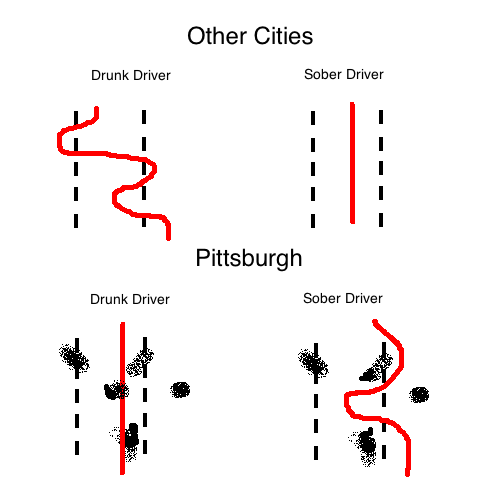
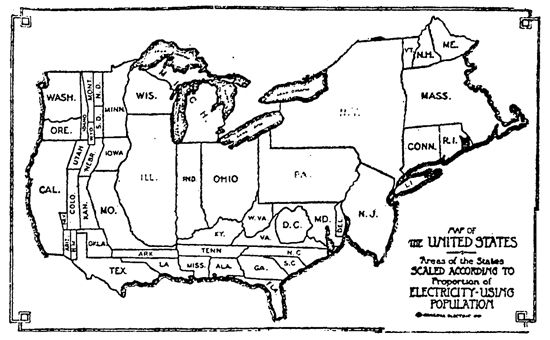















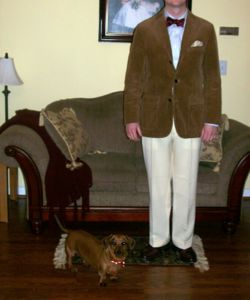
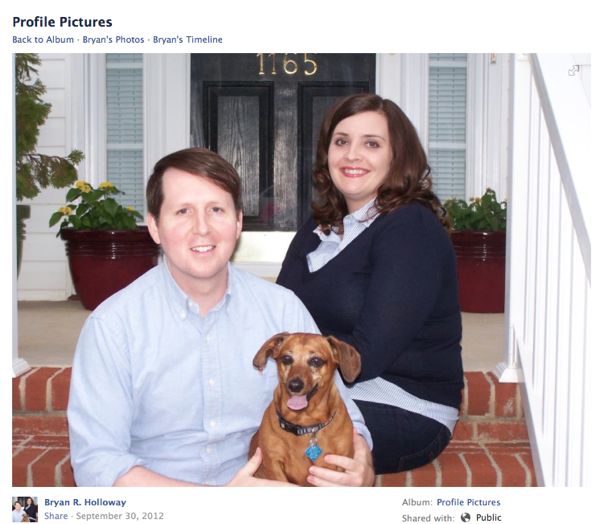





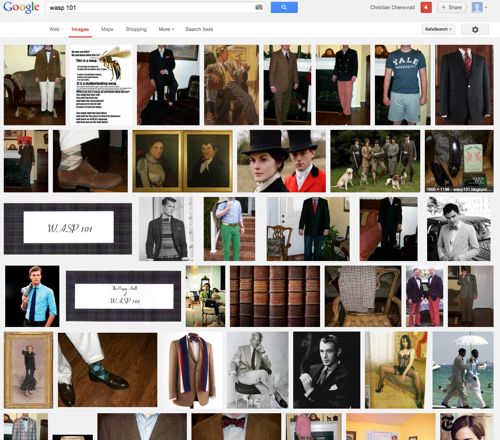

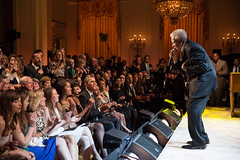
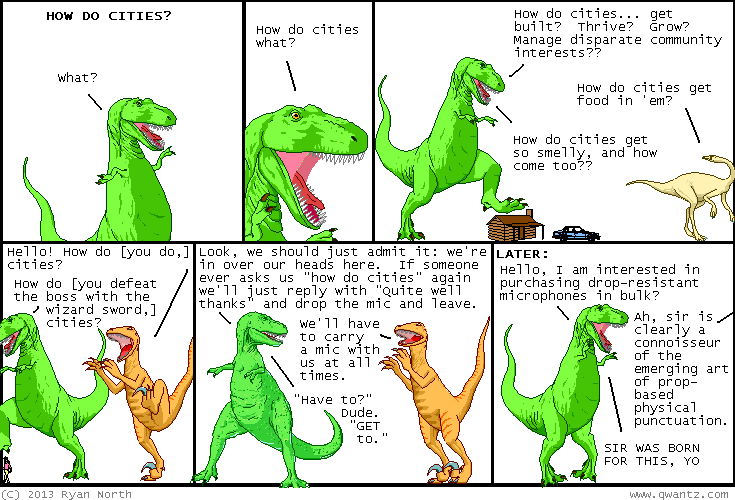

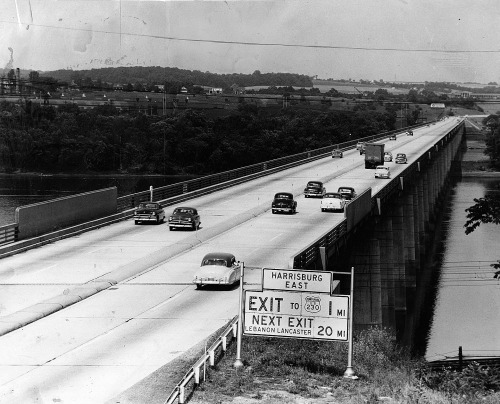

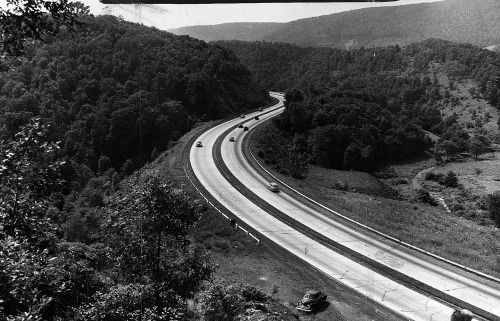

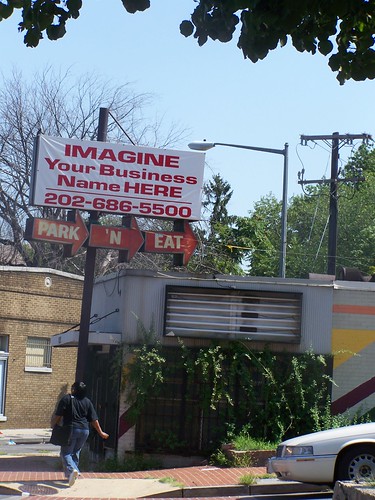

 If the Penguins go to the Stanley Cup Finals, I'm curious whether that $400,000 per game increase in economic impact estimated by VisitPittsburgh so far in the playoffs bumps up.
I checked the Business Times archives and in 2009, when the Pens won the Stanley Cup, VisitPittsburgh’s estimate for the finals was $4.9 million per game. The projection for the Eastern Conference Finals is $4 million per game.
In the meantime, bring on the Bruins!
If the Penguins go to the Stanley Cup Finals, I'm curious whether that $400,000 per game increase in economic impact estimated by VisitPittsburgh so far in the playoffs bumps up.
I checked the Business Times archives and in 2009, when the Pens won the Stanley Cup, VisitPittsburgh’s estimate for the finals was $4.9 million per game. The projection for the Eastern Conference Finals is $4 million per game.
In the meantime, bring on the Bruins! The Koppers Building, an Andrew Mellon-commissioned Art Deco office tower dating to the 1920s that’s still home to its namesake, is being marketed for sale.
A few weeks ago, Gerry Dudley and Ryan Sciullo of the Pittsburgh office of CBRE sent an email blast announcing they were representing the building for sale.
A 34-story skyscraper completed in 1929, the Koppers Building totals 356,439 square feet in size and is 69.4 percent occupied, according to CBRE, with publicly traded construction materials…
The Koppers Building, an Andrew Mellon-commissioned Art Deco office tower dating to the 1920s that’s still home to its namesake, is being marketed for sale.
A few weeks ago, Gerry Dudley and Ryan Sciullo of the Pittsburgh office of CBRE sent an email blast announcing they were representing the building for sale.
A 34-story skyscraper completed in 1929, the Koppers Building totals 356,439 square feet in size and is 69.4 percent occupied, according to CBRE, with publicly traded construction materials…




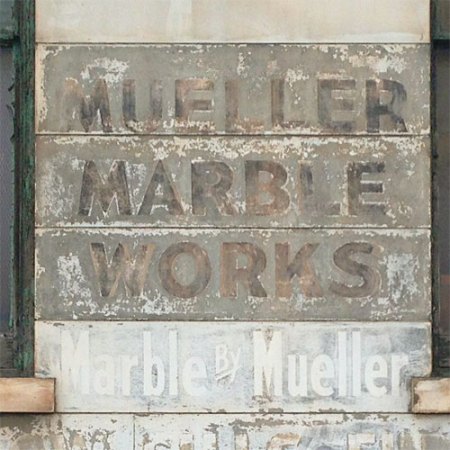








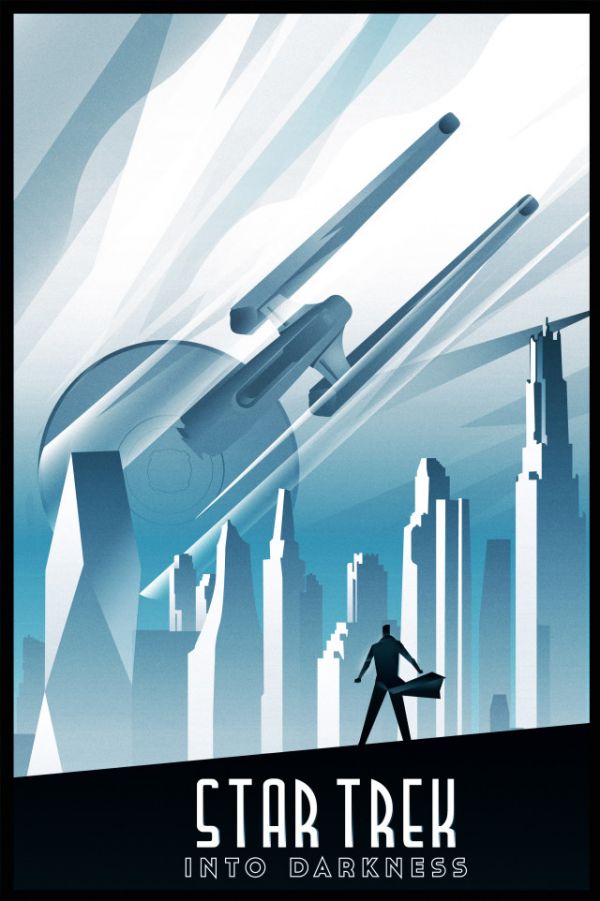 By
By 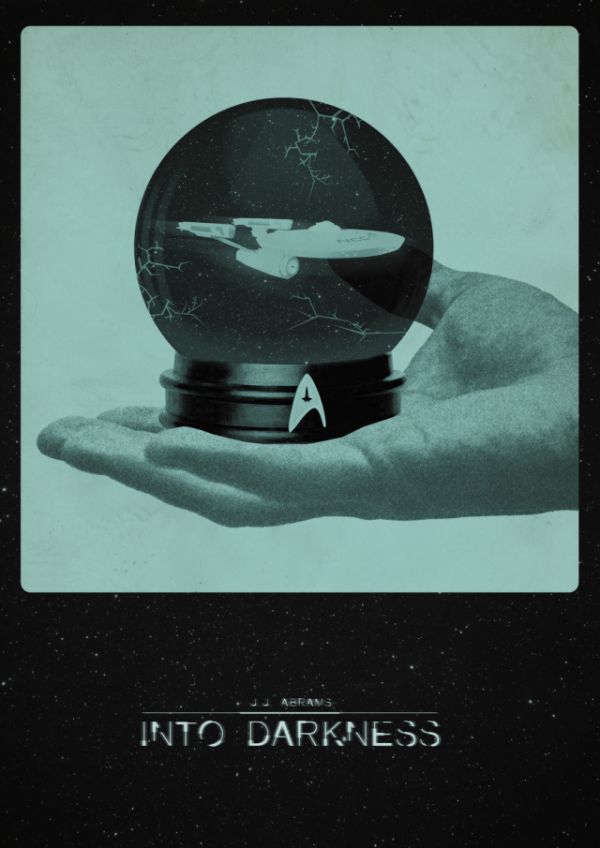 By
By  By
By 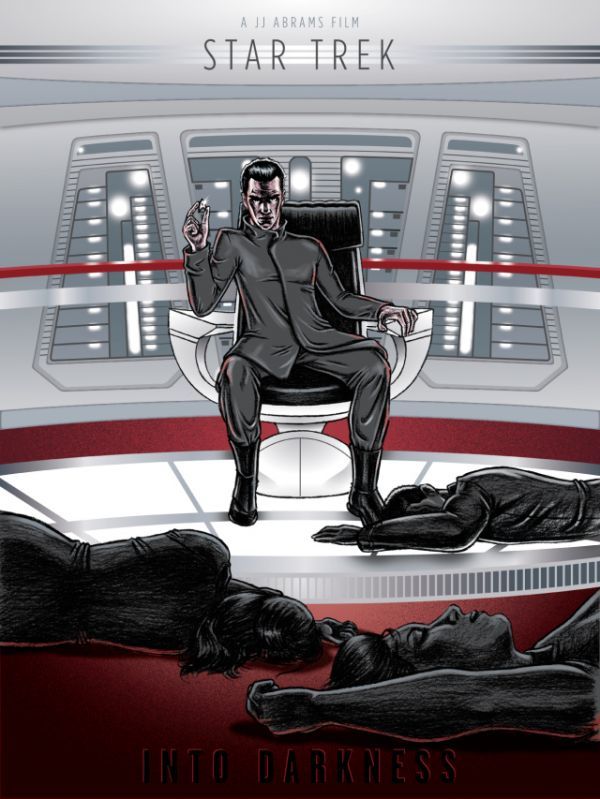 By
By 


